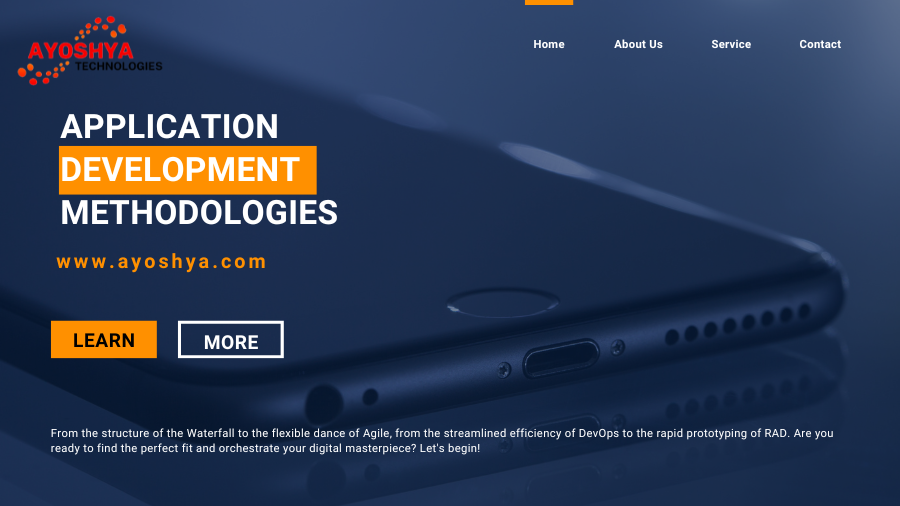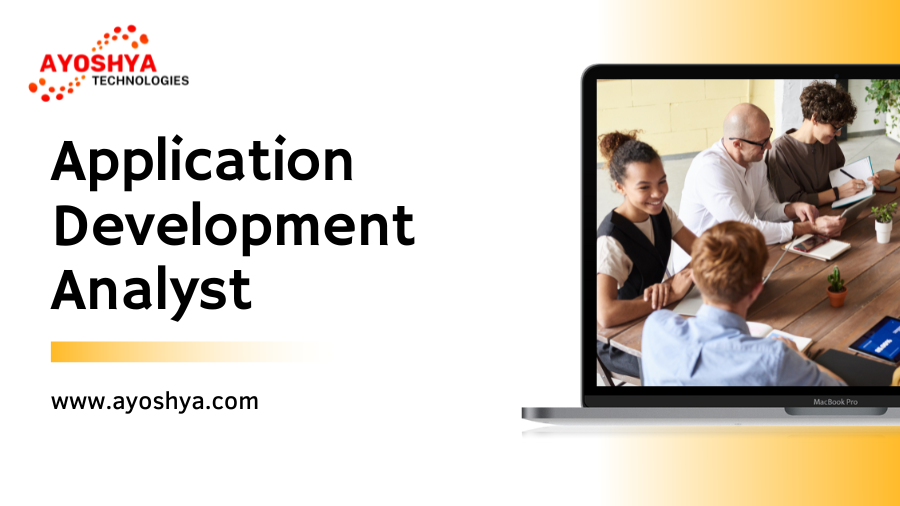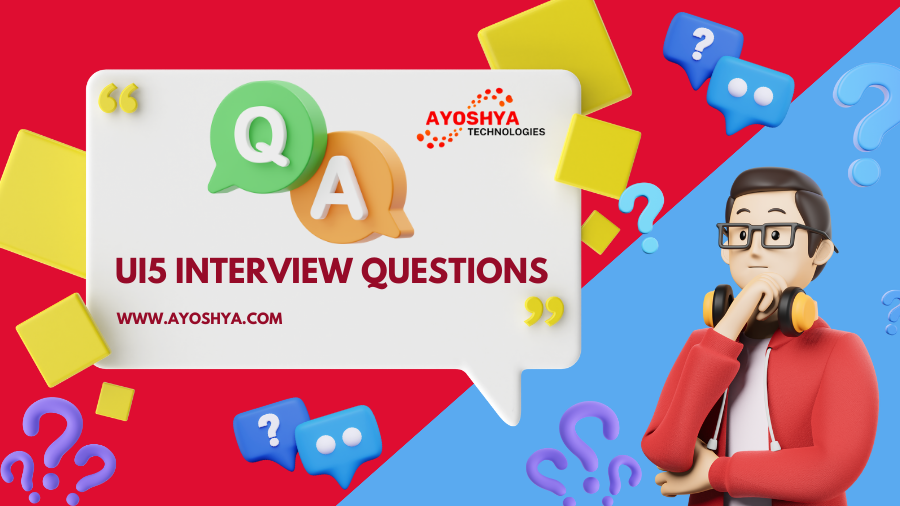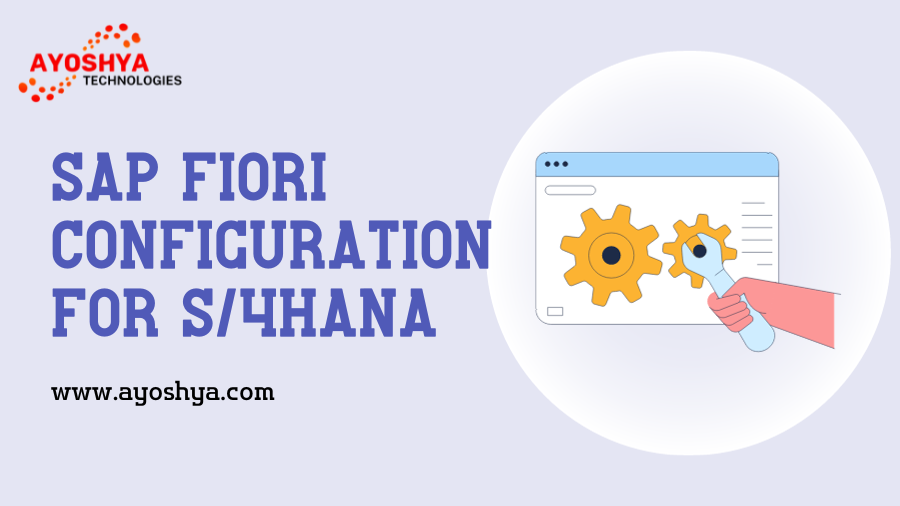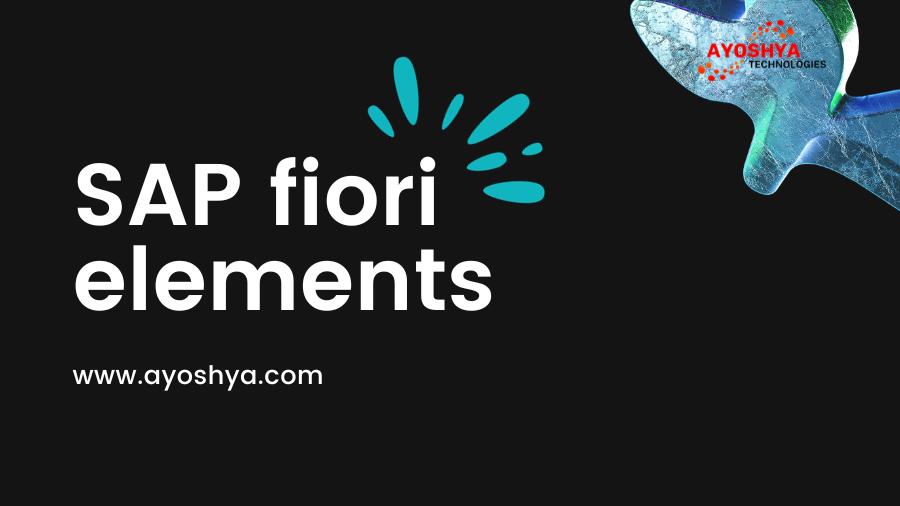application development methodologies
Ever dreamt of transforming a spark of an idea into a dazzling digital masterpiece? Imagine crafting applications that dance across screens, seamlessly connecting people and ideas. But then the reality hits: choosing the right application development methodology, the roadmap to your coding dreams, feels like navigating a labyrinth blindfolded. Fear not, fellow code warriors! This guide cuts through the confusion, illuminating the strengths and weaknesses of popular approaches like Waterfall, Agile, and more. Unleash your inner development maestro and conquer the code! Here, nestled within these pages, lies your key to unlocking project success. We’ll dissect the essence of application development methodologies (ADMs), revealing their impact on everything from workflow and team dynamics to budget and risk tolerance. You’ll grasp the common challenges developers face when choosing the perfect methodology, equipping yourself to approach any project with confidence. So, grab your metaphorical compass and prepare to explore the exciting landscape of ADMs: from the structure of the Waterfall to the flexible dance of Agile, from the streamlined efficiency of DevOps to the rapid prototyping of RAD. Are you ready to find the perfect fit and orchestrate your digital masterpiece? Let’s begin!
What is SAP Certification Process ?
The Symphony of Development: Popular Application Development Methodologies
Choosing an application development methodology (ADM) feels like picking your musical instrument – each carries its own rhythm, strengths, and limitations. Let’s unpack the melodies of some popular ADMs, helping you orchestrate your project to harmonious success.
1. The Structured Masterpiece: Waterfall
Imagine a grand piano, its keys laid out in a rigid sequence. That’s Waterfall, the traditional ADM known for its meticulous planning. Each stage – from requirements gathering to testing – unfolds in a predetermined order, ensuring clarity and control.
- Strengths: Waterfall shines in large-scale projects with well-defined requirements. Precise documentation, defined milestones, and predictable timelines offer stakeholders security and confidence.
- Challenges: Rigidity can be its downfall. Adapting to changing needs can be cumbersome, and unforeseen issues can cause delays and cost overruns. Waterfall might feel slow-paced for agile startups or innovative projects.
2. The Agile Dance: Embracing Flexibility
Think of a jazz ensemble, improvising melodies around a loose structure. Agile methodologies, like Scrum and Kanban, prioritize flexibility and iterative development. Teams work in short sprints, delivering working features early and often, adapting to feedback along the way.
- Strengths: Agile excels in dynamic environments, fostering rapid development and responsiveness to change. User feedback fuels continuous improvement, leading to high-quality, market-relevant products.
- Challenges: Unstructured workflows can feel chaotic, especially for large teams or risk-averse stakeholders. Communication and prioritization become crucial, as scope creep can threaten deadlines.
3. Bridging the Divide: DevOps Symphony
Picture a seamless harmony between the composer and the orchestra. DevOps bridges the gap between development and operations, fostering collaboration and streamlined delivery. Continuous integration and continuous delivery (CI/CD) practices automate testing and deployment, ensuring rapid and reliable releases.
- Strengths: DevOps accelerates time-to-market, minimizes errors, and fosters a culture of collaboration. Faster feedback loops and automated processes improve product quality and stability.
- Challenges: Implementing DevOps requires a cultural shift and significant investment in automation tools. Breaking down silos and aligning teams can be challenging, especially in traditional organizations.
4. Minimalist Masterpiece: Lean Development
Think of a haiku – simplicity and elegance capturing the essence. Lean development takes this approach, minimizing waste and maximizing value by focusing on small, incremental improvements. Build-measure-learn cycles guide development, prioritizing rapid feedback and continuous experimentation.
- Strengths: Lean excels in iterative environments, quickly validating ideas and pivoting based on user feedback. It reduces waste and minimizes unnecessary features, ultimately delivering a product that truly meets user needs.
- Challenges: Lean requires a data-driven, experimental mindset and can be uncomfortable for perfectionists. Constant change and iteration might not suit risk-averse projects or stakeholders seeking absolute control.
5. The Fast-paced Overture: Rapid Application Development (RAD)
Imagine a whirlwind of development, prototypes taking shape before your eyes. RAD emphasizes speed and user feedback, utilizing tools like prototyping and iterative testing to quickly deliver functional versions of the application.
- Strengths: RAD shines in situations demanding fast time-to-market and iterative feedback. Early prototypes engage stakeholders and users, reducing development risks and ensuring market relevance.
- Challenges: RAD’s rapid pace can compromise thoroughness. Documentation and code quality might suffer, requiring additional effort later in the development cycle. This approach might not be suitable for complex projects or applications with stringent security requirements.
Top SAP ABAP Interview Questions (2024)
Here’s how:
III. Selecting the Right ADM: Conducting Your Project’s Orchestra
Imagine you’re a maestro, standing before your development orchestra. Choosing the right methodology is like selecting your instruments – each with its unique strengths and limitations, contributing to the overall harmony of the performance. Now, let’s tune your selection skills:
- Know Your Score: Dive deep into your project’s needs. Is it a complex enterprise system, a fast-paced mobile app, or a creative prototype? Understanding the project’s size, complexity, and desired timeline is crucial.
- Meet Your Musicians: Assess your team’s dynamics. Are they experienced veterans accustomed to structure, or agile young talents thriving on flexibility? Choose an ADM that complements your team’s skills and preferences.
- Harmonize Budget and Risk: Consider your financial constraints and risk tolerance. Waterfall offers control but can be costly if changes arise. Agile thrives on adaptation but might feel unpredictable for strict budgets. Balance your needs and find the sweet spot.
- Listen to the Audience: Who are your users? Do they need a polished final product or iterative iterations for their feedback? Waterfall ensures a complete masterpiece, while Agile embraces quick releases and continuous improvement.
- Blend and Adapt: Don’t be afraid to mix and match! Hybrid approaches combining elements of different methodologies can be the perfect solution for complex projects or unique needs.
a landscape constantly evolving like a captivating musical score.
V. Emerging Trends and Advancements: The Future Symphony of Development
Imagine your development orchestra suddenly equipped with next-generation instruments. Here’s a glimpse into some emerging trends that are transforming the way we code:
- AI-powered development tools and automation: Get ready for intelligent assistants like GitHub Copilot and Tabnine, suggesting code snippets and automating repetitive tasks. AI-powered debugging and testing tools will take the guesswork out of finding and fixing bugs.
- Low-code and no-code platforms: Democratizing development, these platforms allow even non-programmers to build basic applications using drag-and-drop interfaces and pre-built modules. Citizen developers can now contribute their ideas and skills, expanding the creative tapestry of development.
- Microservices architecture and distributed teams: Break down your monoliths! Microservices break down applications into smaller, independent services, facilitating agile development and scalability. Distributed teams, working remotely across continents, can seamlessly collaborate on these modular components.
- Continuous learning and adaptation: As technologies evolve at breakneck speed, lifelong learning becomes the key to success. Embrace online courses, attend conferences, and stay updated on the latest trends to keep your development orchestra in tune with the ever-changing digital landscape.
Remember: The future of development is not about choosing a single melody, but about mastering the art of improvisation. Be prepared to adapt your methodologies, embrace new tools, and continuously learn to keep your digital symphonies fresh and captivating.
SAP continues continuous testing continuity
VI. Conclusion: Compose Your Masterpiece, Maestro!
Choosing the right application development methodology is like selecting the perfect instrument for your composition. By understanding your project’s needs, knowing your team’s strengths, and adapting to the ever-changing development landscape, you can orchestrate a digital masterpiece that resonates with your users and stands the test of time.
Remember, there’s no single “correct” melody. Experiment, mix and match, and embrace the dynamic nature of development. Use the insights in this guide as your tuning fork, but ultimately, it’s your creativity, passion, and willingness to learn that will elevate your coding skills and compose your own unique symphony of success.
Now, pick up your metaphorical baton, maestro, and get ready to lead your development orchestra in crafting the next digital masterpiece! The stage awaits, and the world needs your innovative melodies.
So, dear aspiring maestro, the curtain closes on this symphony of development methodologies, but your own digital masterpiece awaits composition. Navigate the labyrinth of Waterfall’s structure, embrace the iterative dance of Agile, bridge the gap with DevOps harmony, and craft minimalist masterpieces with Lean development. Embrace the rapid overture of RAD, and remember, there’s no single instrument – blend and adapt to suit your project’s rhythm.
This guide wasn’t just a theoretical concerto, but a practical toolkit. We tuned your selection skills, tackled your “People Also Ask” queries, and unveiled the future’s captivating score. Now, pick up your metaphorical baton and lead your team! Experiment with AI-powered tools, democratize development with low-code platforms, and orchestrate your code across continents with microservices. Remember, continuous learning is your key to a flawless performance.
Don’t let the silence of indecision hold you back. Dive into the world of ADMs, experiment, fail fast, and learn from every iteration. Your passion, creativity, and this invaluable guide are your instruments – now compose your digital masterpiece! The world awaits your unique melody, so raise your metaphorical baton, maestro, and let the coding symphony begin!



